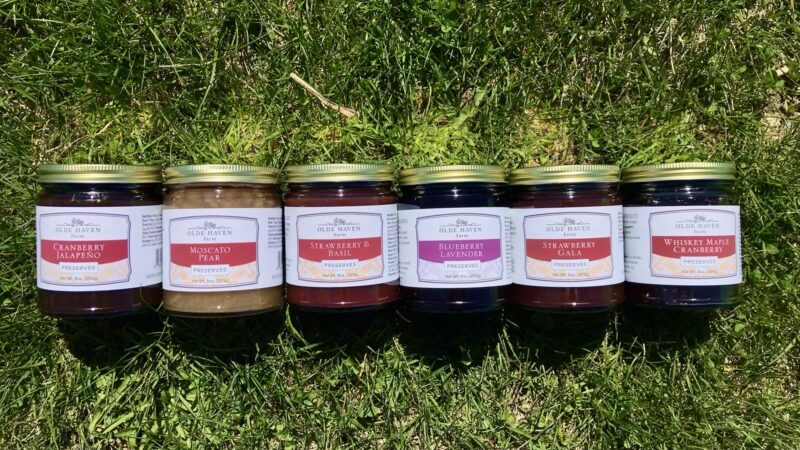What’s on your grocery list this month? Have you run out of the sweet (or sometimes savory!) spread for your morning English muffin, your book club’s cheeseboard, or maybe to top those fresh biscuits from the bakery? When you’re shopping, the brands and varieties of preserved fruit can sometimes be a bit jarring. A strawberry jam can be radically different from a strawberry jelly. A fruit butter isn’t made with butter, or is it? And what about preserves, marmalades and chutneys?
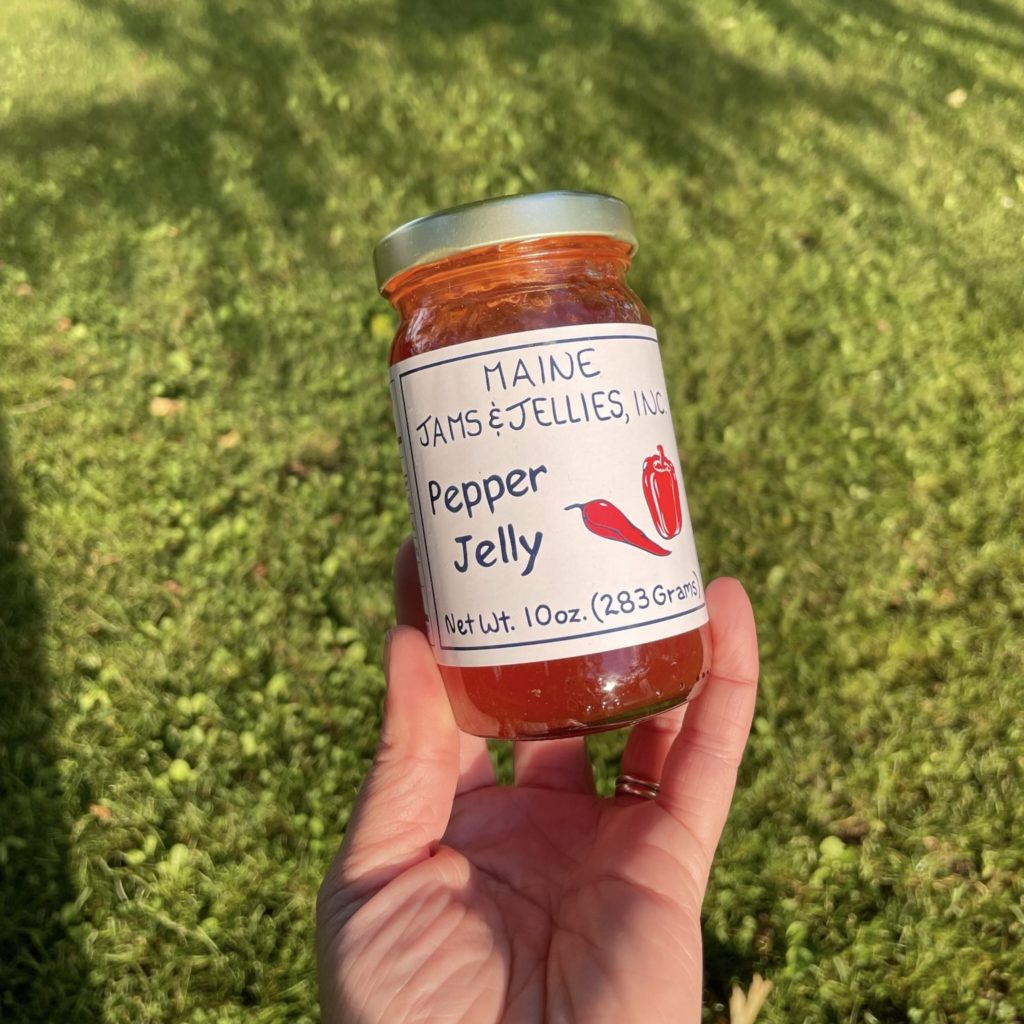
What is Jelly?
This sweet fruity spread is made by cooking fruit juice with sugar and acid (and sometimes, pectin, the thickening agent that helps jelly, well… gel!). Once the fruit juice mixture gets cooked down, it’s strained to remove any fruit or seeds, leaving you with a smooth, transparent spread – free of any solids. Jelly isn’t loose like jam and preserves—it’s almost gelatin-like. Grape jelly is a classic, but many other fruits are available in jelly form, including apple, strawberry and other berries.
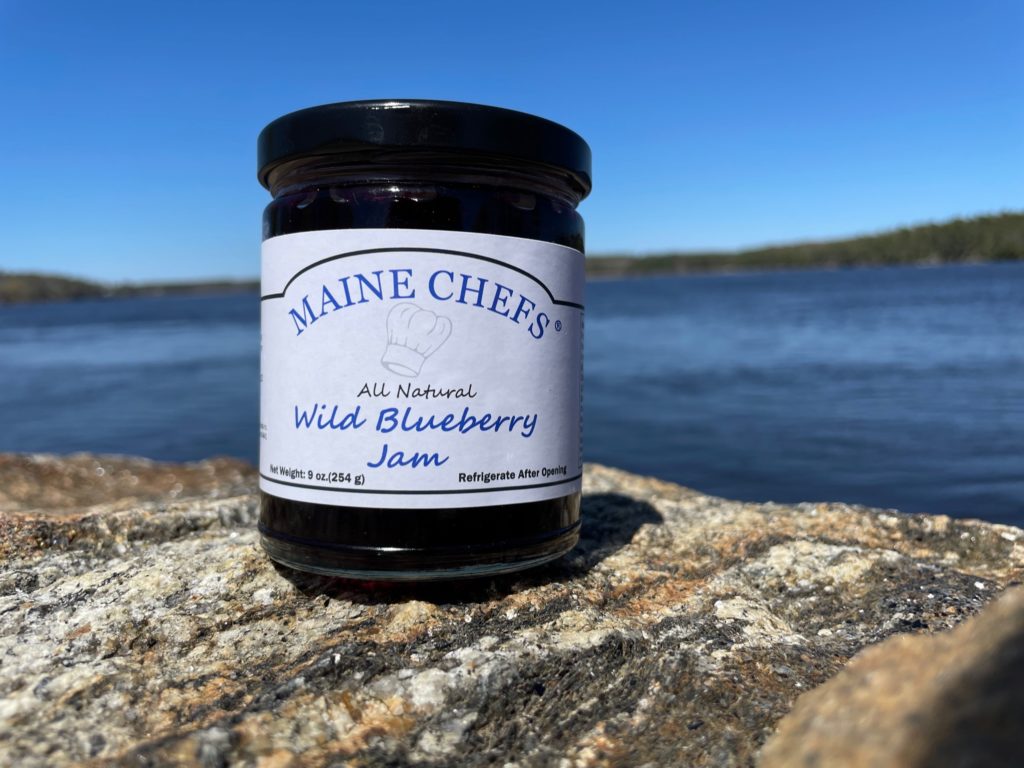
What is Jam?
Much like jelly, jam is also cooked with sugar and acid, but the difference is that it uses fruit (either chopped, crushed, or pureed) instead of fruit juice. Pectin is also sometimes added, but jams tend to be slightly looser in consistency compared to jellies and have more texture from the addition of fruit. Some jams contain seeds, peels, or chunks of fruit, but not always.
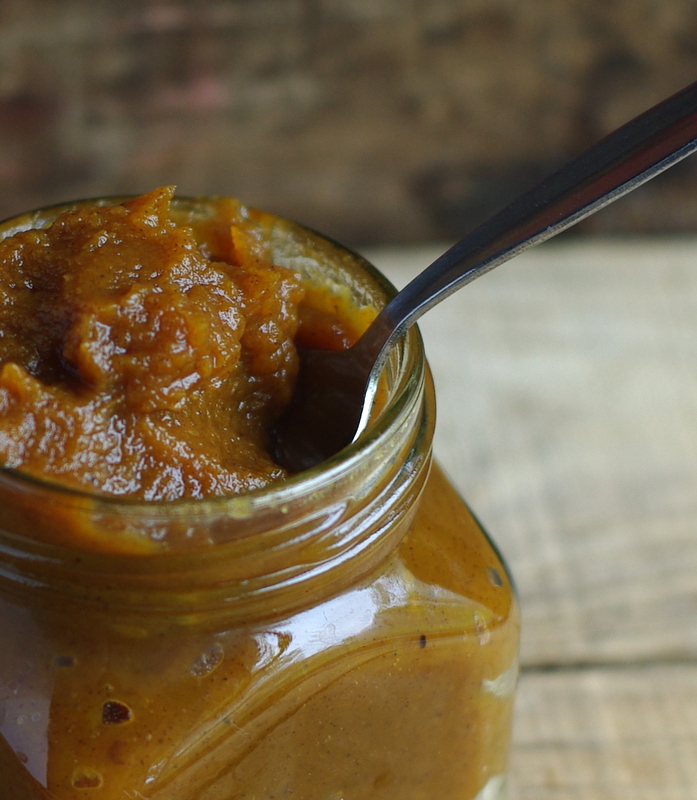
What’s a Fruit Butter?
Fruit jams are left chunky; fruit butters are smoother, richer, and more deeply flavored than jams. They’ll often incorporate a harder, pectin-rich fruit, like apples, pears, and sometimes even pumpkins. You will almost never see a blackberry butter, both in the store and homemade versions.
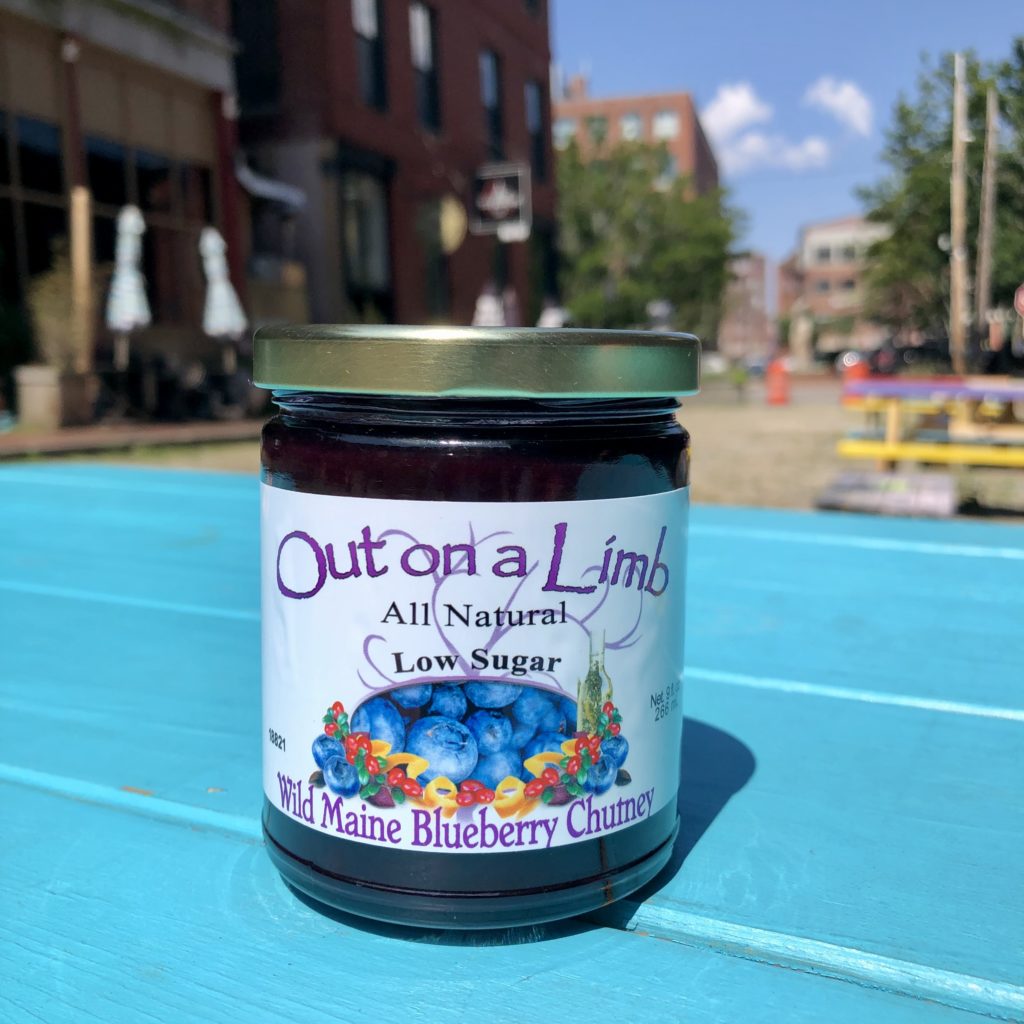
What is Chutney?
Popular in Indian cuisine (and increasingly available in shops like ours!), the chutney is a spicier jam that gives a nice contrast to heartier main dishes. Most chutneys are jams, without the pectin and with an addition of vinegar, dried fruit, and spices for savory notes. Indian cuisine often pairs mango-rich and acidic chutneys with spicy mains. There is no added pectin in a chutney, and the added sugar tends to be a little bit lower.
What are Preserves?
Fruit preserves are a lot like jam, but they’re slightly thicker, thanks to the addition of large chunks or whole pieces of fruit instead of chopped, crushed, or puréed fruit. You’ll usually find large bits of fruit suspended in preserves, as well as seeds, in many cases. Marmalade, which is made with citrus, is considered to be a preserve because it contains parts of the rind as well as the inner fruit and pulp.

What is Marmalade?
At the store, you’ll see these citrus preserves containing the peel. When marmalades are being manufactured, no additional pectin is required—the pectin content of citrus peels is high enough to work effectively. While its slight bitter edge makes for a great addition to sweet buttered toast, it’s even better in savory applications.
Turns out a lot of the differences come down to pectin, a gelling agent naturally found in a fruit’s cell walls. Briefly cooking the fruit releases its pectin. Adding some heat and acid (like lemon juice) turns the pectin to a gel. Some fruits, like soft berries, contain little pectin, so often a powdered pectin is added to the preserve. The total amount of pectin in a preserve changes its final consistency.
So there you have it! You can usually find at least one of these types of spreads in our shops in Bath & Portland. We are always looking for new and unique flavors made right here in Maine, so our selection is ever-changing. Call us today to see if we have your favorite (or NEW favorite) flavor!

